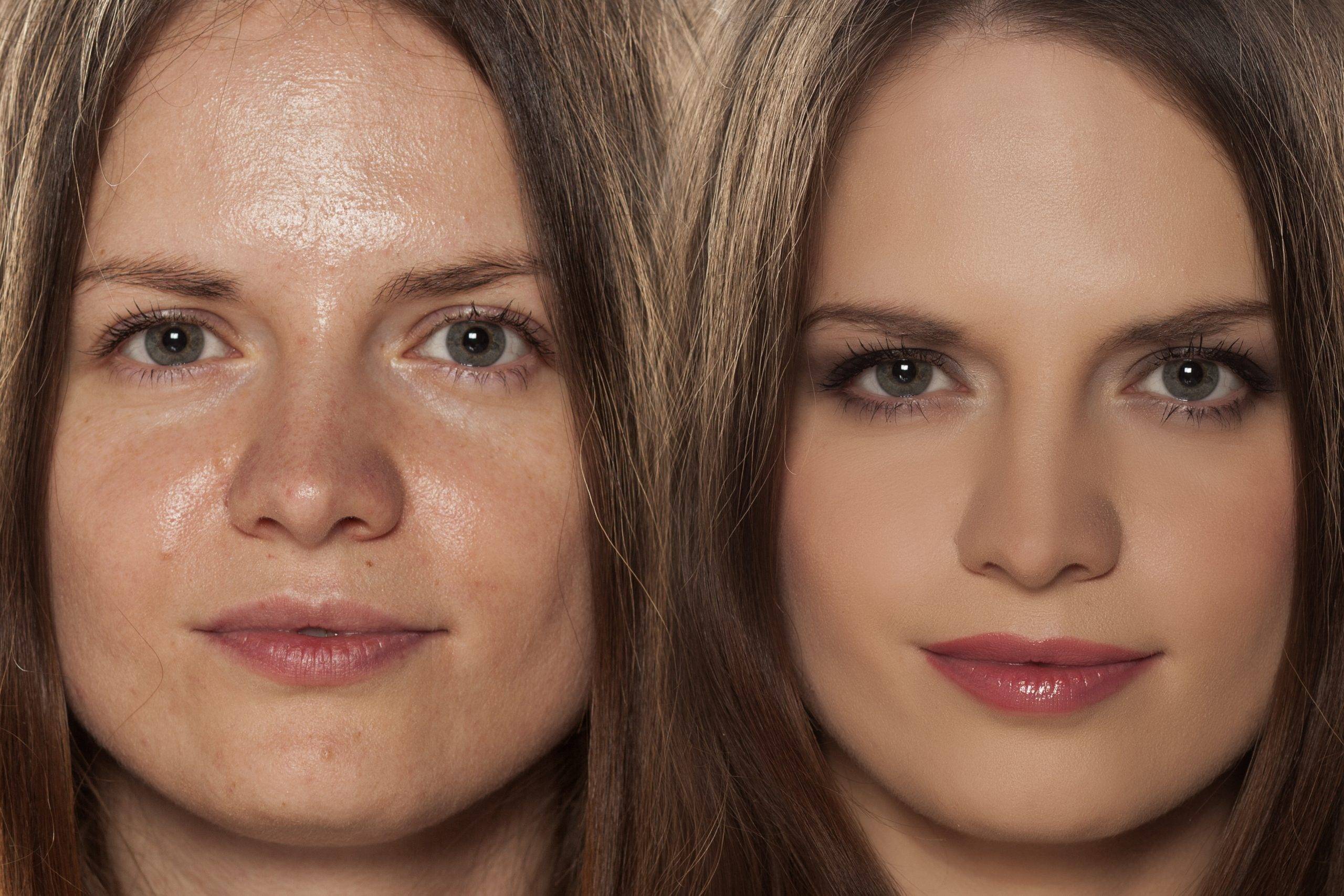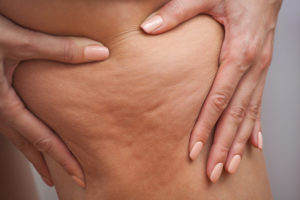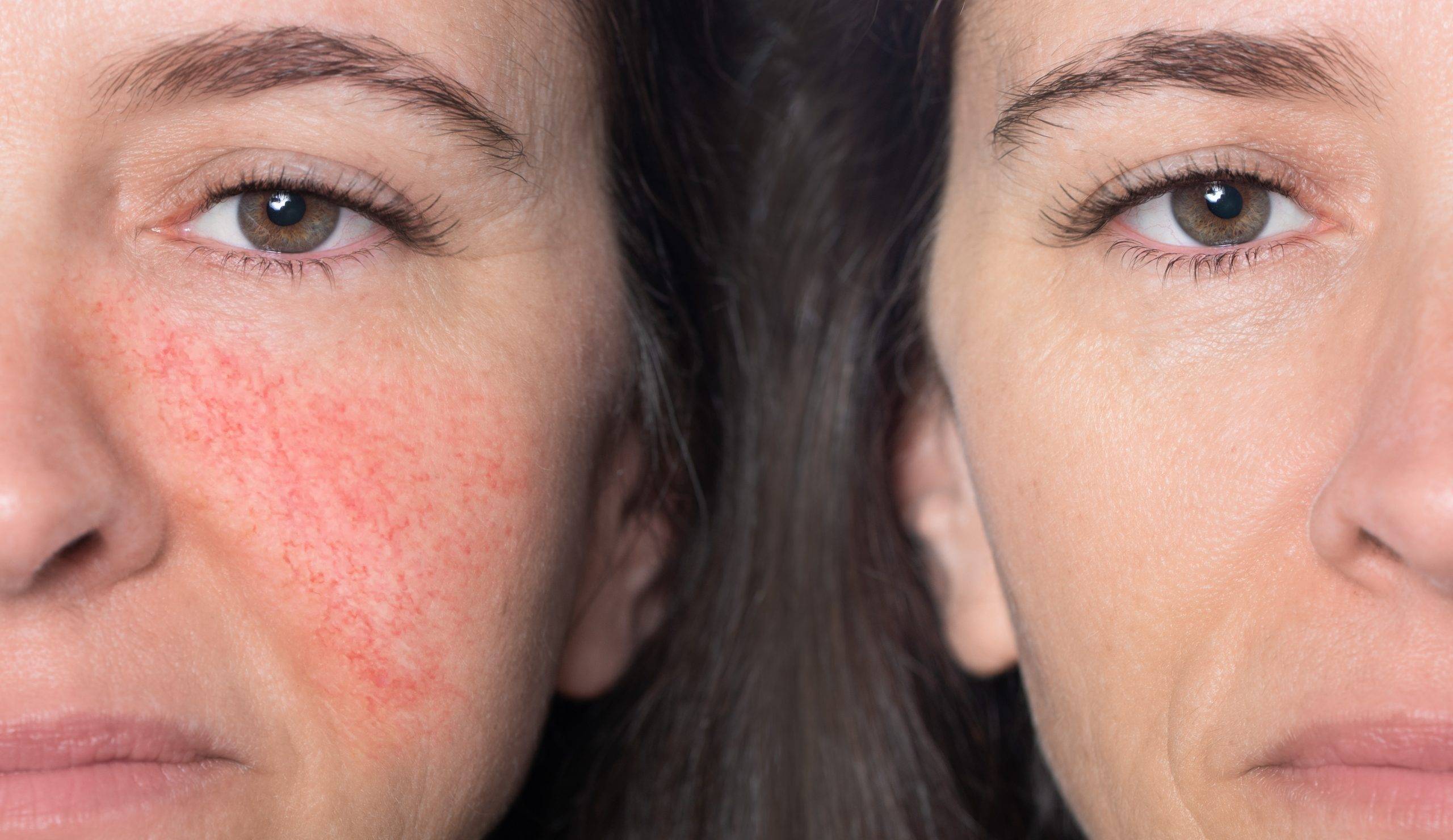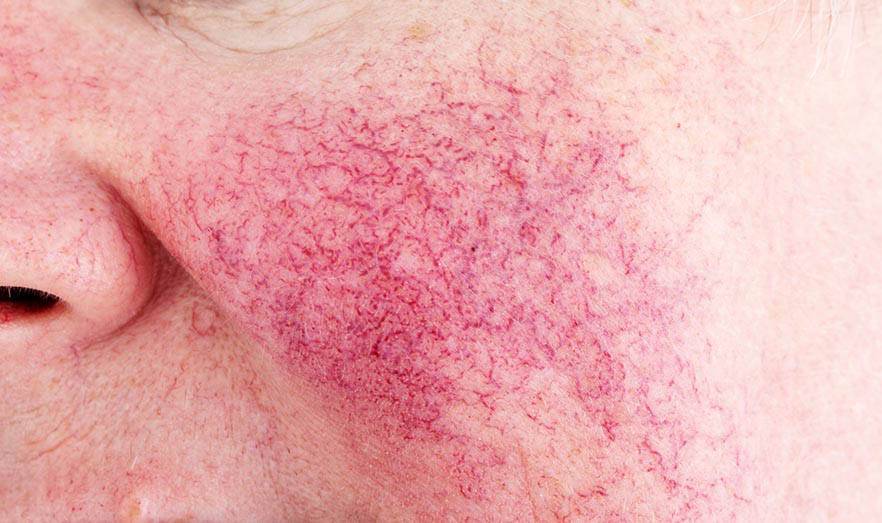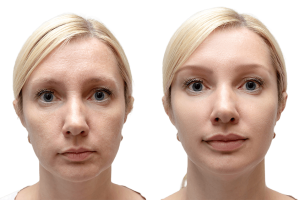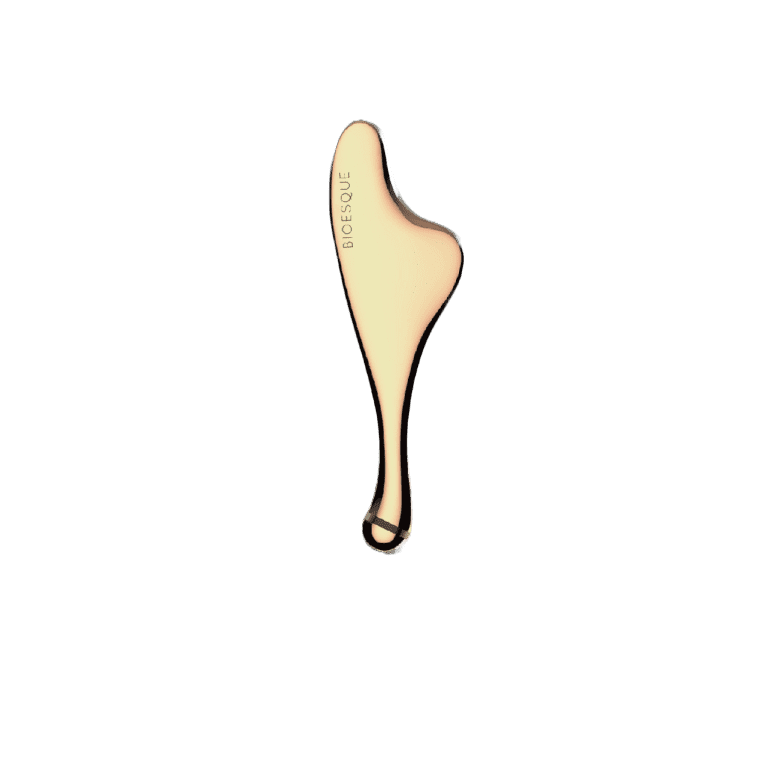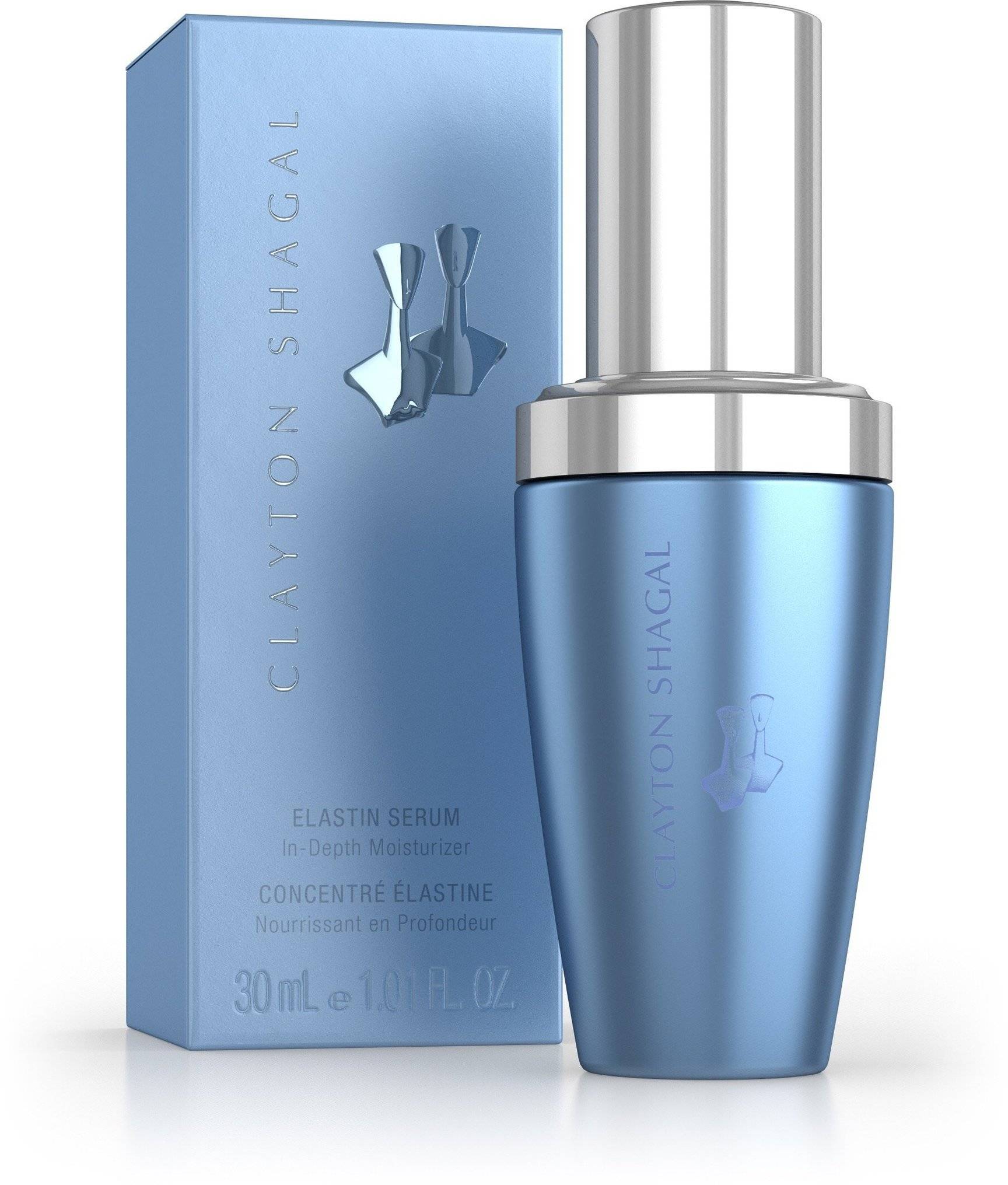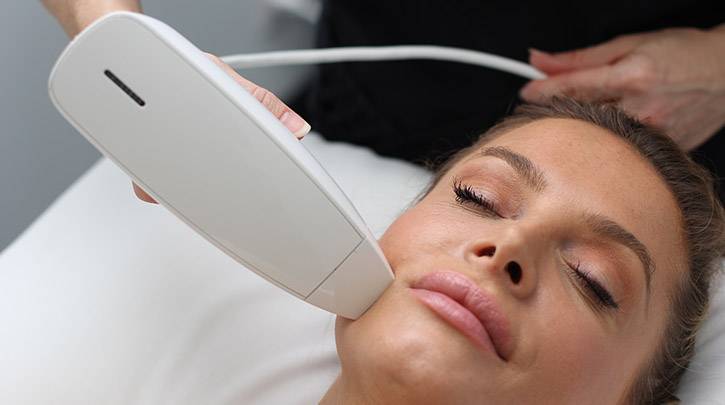≡ Cellulite
The best way to care for Cellulite
Φ 橘皮組織
What is cellulite?
Cellulite is the dimpled-looking skin that commonly occurs in the thigh region. It forms when fatty tissue deep in the skin pushes up against connective tissue. It’s estimated that more than 85 percent of all women 21 years and older have cellulite.
Cellulite is also known as orange-peel skin due to its appearance and affects 80 to 90 percent of women.
Cellulite is a term for the formation of lumps and dimples in the skin.
Common names for cellulite are orange-peel skin, cottage-cheese skin, hail damage, and the mattress phenomenon.
Cellulite characteristics
Cellulite can affect both men and women, but it is more common in females, due to the different distributions of fat, muscle, and connective tissue.
Between of women may experience cellulite at some point in their lives.
Grades of cellulite
A cellulite severity scale, published in 2009, ranks the condition using three grades:
Grade 1, or mild: There is an “orange-peel” appearance, with between 1 and 4 superficial depressions, and a slightly “draped” or sagging appearance to the skin.
Grade 2, or moderate: There are between five and nine medium-depth depressions, a “cottage cheese” appearance, and the skin appears moderately draped.
Grade 3, or severe: There is a “mattress” appearance, with 10 or more deep depressions, and the skin is severely draped.
What causes cellulite?
The exact cause of cellulite is unknown, but it appears to result from an interaction between the connective tissue in the dermatological layer that lies below the surface of the skin, and the layer of fat that is just below it.
In women, the fat cells and connective tissue in this layer are arranged vertically.
If the fat cells protrude into the layer of skin, this gives the appearance of cellulite.
In men, the tissue has a criss-cross structure, which may explain why are less likely to have cellulite than women.
Some other factors appear to be linked to the chance of having cellulite.Hormonal factors and age.
Hormones likely play an important role in cellulite development. Estrogen, insulin, noradrenaline, thyroid hormones, and prolactin are part of the cellulite production process.
One theory is that as estrogen in women decreases in the approach to menopause, blood flow to the connective tissue under the skin also decreases.
Lower circulation means less oxygen in the area, resulting in lower collagen production. Fat cells also as estrogen levels fall.
These factors combine to makes the fat deposits more visible. As the fat under the skin protrudes through weakening connective tissue, the familiar dimpling effect results.
Age also causes the skin to becomes less elastic, thinner, and more likely to sag. This increases the chance of cellulite developing.Genetic factors.
Certain genes are required for cellulite development. Genetic factors can be linked to a person’s speed of metabolism, distribution of fat under the skin, ethnicity, and circulatory levels. These can affect the chance of cellulite developing.Dietary and lifestyle factors.
Cellulite is not caused by “toxins,” although a healthy lifestyle may help reduce the risk.
People who eat too much fat, carbohydrates, and salt and too little fiber are likely to have greater amounts of cellulite.
It may also be more prevalent in smokers, those who do not exercise, and those who sit or stand in one position for long periods of time.
Wearing underwear with tight elastic across the buttocks can limit blood flow, and this may contribute to the formation of cellulite.
Cellulite is more prevalent in people who have excessive adipose, but slim and fit people can have it too. It is more likely to happen after the age of 25 years, but it can affect younger people as well, including teenagers.
Recommended Treatment for Cellulite
Venus Legacy™ 4D Body Contouring & Cellulite Reduction《Venus Legacy™ 4D》
Radio Frequency Body Sculpting
Recommended Product for Cellulite
- Clayton Shagal Body Cream
- TIZO ULTRA ZINC BODY & FACE SUNSCREEN non-tinted dewy finish SPF 40
- Clayton Shagal Adipoderm Cream
- Clayton Shagal Collagen Gel Plus
- Clayton Shagal Elastin Gel Plus
- Clayton Shagal Collagen Gel
- Clayton Shagal Elastin Gel
On What Matters
Conditions & Care

Market Dynamics Through the Lens of Primate Behavior and Government Influence
Even in the animal

